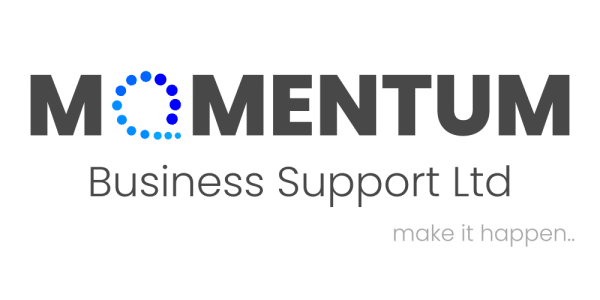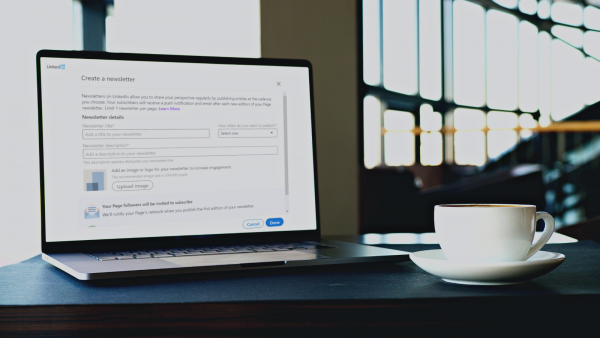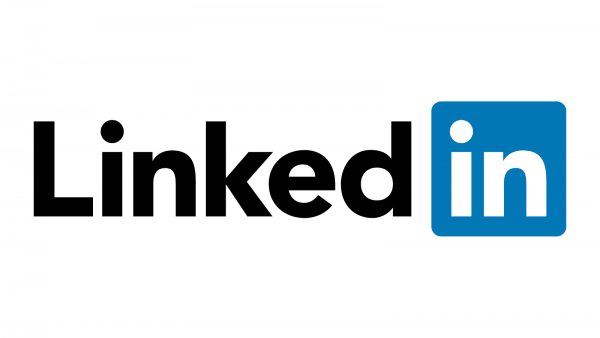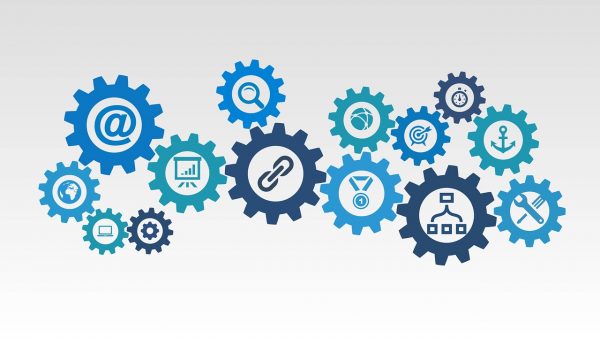Podcasts: A Marketing Tool On The Rise

A podcast is a digital series of audio files commonly presented as episodes, which listeners can stream and download using varying platforms. Typically lead by a host or featuring guests, podcasts are an auditory space in which the speakers share topic-focused stories, discussions and news. Often striking thought provoking debates, they provide a unique opportunity for participants to talk about something they’re knowledgeable and passionate about.
One of the main strengths of podcasts is that they are a passive form of media – they are easy to listen to in the car, on a commute or while making dinner. Conversely, visual formats often require your full attention. While initially they may be more engaging, they’re a lot less flexible which often leads to a loss of interest and focus.
The most popular way of accessing a podcast is through a smartphone – as most mobile devices now support mainstream platforms. However, modern desktops, tablets and smart TVs are also suitable, though less optimised for listeners on the go. Some popular podcast apps include Apple podcasts, Spotify, Audible, Google podcasts and Stitcher.
Podcasts for business
Though they’re a great way of passing time, podcasts aren’t just another media format- they’re also a great business tool! According to latest findings the global number of podcast listeners has surpassed 400 million and is set to continue rising over the coming years. Furthermore, based on research carried out by Bredin, an impressive average 39% of SME owners listen to podcasts. Over half of those SMEs prefer to listen to business, finance and economics themed shows- presenting a significant figure of likeminded listeners and potential prospects.
Making your own podcast
Before taking the plunge and starting your own podcast series, it is important to establish some basics. Consider who you are making the podcast for – it is sometimes useful to create a customer avatar, which is a detailed profile of your ideal customer. Catering your podcast towards this ideal customer will help to draw in more listeners with a positive impact on your business. Your content really depends upon why you want to make a podcast. Growing your community, building trust with your audience, and using a podcast as a creative outlet are all valid reasons. You need to provide value to a listener, or else there won’t be a point to listening. A successful podcast is a reliable outlet for either information or entertainment- in both cases benefiting the audience.
Tips for getting started
- Good quality recordings are essential for a good listening experience. Record in a place where there is little or no background noise, and make sure the quality of your microphone is up to par.
- Editing the audio is important, as it can streamline the podcast and is useful for cutting out any long pauses or stumbles.
- Upload regularly, so that your audience knows when your content is due and can tune in consistently.
- Keeping the length of the podcast consistent between episodes is also key, although a difference of a couple of minutes between episodes is acceptable.
- Don’t script it word for word! While notes and key cards are a great way of keeping on track, a free form episode often sounds more organic and provides an easier, conversation-like listen for your audience.
These things may seem small but presenting your podcast in a professional manner is principal to its success. If you’d like to find out more about podcasts, or require any additional business support, we’d love to help! Get in touch:
E: makeithappen@mbsmih.com T: 01903 688789




